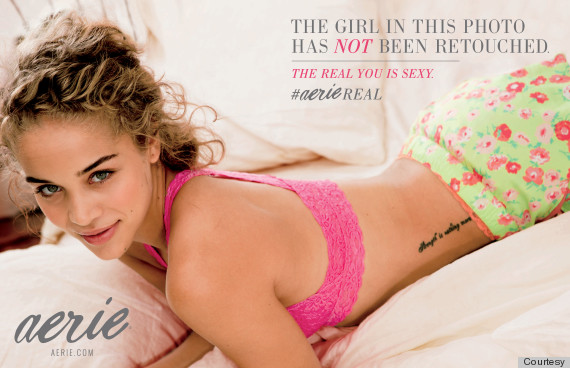Caillat’s video comes at a time where issues of body representation are becoming increasingly focused upon in the media. Earlier this year, ‘aerie’, a lingerie brand aimed at the 15-21 demographic, launched aerie Real, a campaign featuring all un-airbrushed models. Meanwhile, the JCPenney store in the Manhattan Mall is displaying five diversely sized mannequins modeled after everyday people. These projects attempt to create more inclusive advertising in which all people feel represented.
Despite the media attention directed at these campaigns, they are not without controversy. As all the campaigns are rooted in commercial pursuits, either in entertainment or clothing, it begets the question of whether they are motivated by inclusion or merely media attention and thus profit. Though Caillat’s video and JCPenney include diverse body types and backgrounds in their campaigns, aerie appears to only being using models. In these campaigns who is allowed to appear “un-photoshopped”? Who isn’t? Why do most body image projects focus on women only? Are there body image campaigns that include men?
Do you think these campaigns are a constructive way to improve body-positivity? Will you make a conscience decision to purchase products that are advertised in inclusive ways?



No comments:
Post a Comment